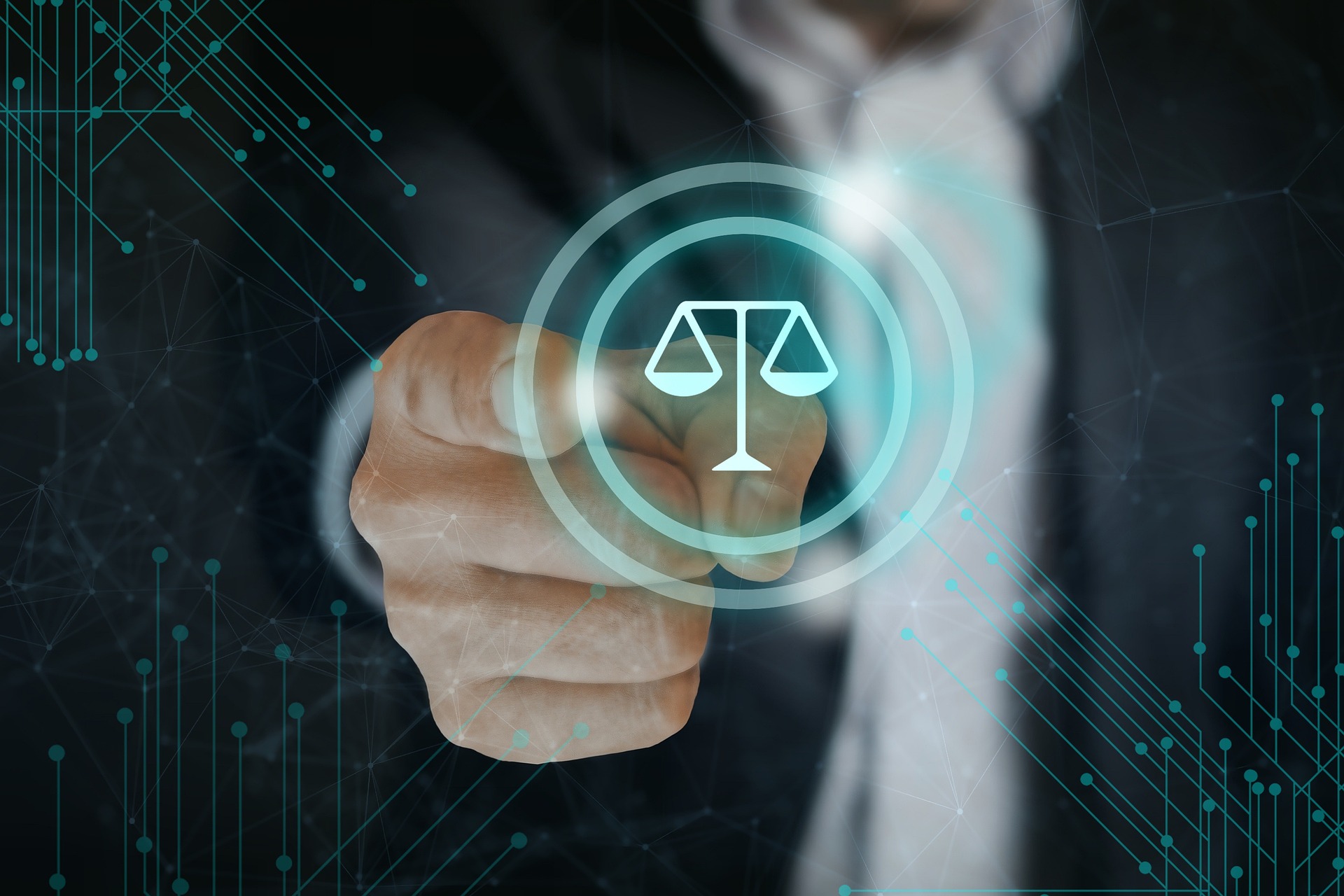As educational institutions continue to integrate technology into their core operations, the role of cybersecurity has become paramount in safeguarding the future of learning. From protecting sensitive student and staff data to ensuring seamless access to digital resources, cybersecurity is the backbone that supports the integrity and functionality of modern education systems. For school leaders, IT administrators, and educators, understanding the multifaceted contributions of cybersecurity is essential to fostering an environment where innovation and security coexist harmoniously. This article delves into the transformative impact of cybersecurity on educational institutions, highlighting its critical role in enabling secure, resilient, and forward-thinking educational experiences.
Why is Cybersecurity Essential for Educational Institutions?
Cybersecurity is essential for educational institutions because it is the guardian of sensitive information and an enabler of seamless educational operations. In an age where data breaches and cyberattacks are increasingly sophisticated, schools and universities must protect the personal information of students, staff, and faculty, which includes everything from academic records to financial data. Beyond safeguarding data, robust cybersecurity measures ensure that educational institutions can maintain uninterrupted access to digital learning platforms and resources, which are critical for modern teaching and learning. By implementing strong cybersecurity protocols, educational institutions not only comply with legal regulations but also foster a safe and trustworthy environment that encourages innovation and collaboration. This proactive approach mitigates risks and empowers institutions to confidently embrace technological advancements, ultimately enhancing the educational experience for all stakeholders.
How Does Cyber Contribute to Educational Institutions?
Enhancing Data Protection and Privacy
Cybersecurity plays a pivotal role in safeguarding the sensitive data of students, educators, and administrative staff within educational institutions. Schools and universities can protect personal information from unauthorized access and breaches by implementing advanced encryption techniques and secure data storage solutions. This commitment to data protection not only ensures compliance with regulations such as FERPA and GDPR but also builds trust among students, parents, and staff. As educational institutions increasingly rely on digital platforms for managing academic records, financial information, and personal details, robust cybersecurity measures are essential to maintaining privacy and security.
Ensuring Continuity of Learning
In the digital age, educational institutions depend heavily on technology to facilitate learning and administrative processes. Cybersecurity is crucial in preventing disruptions caused by cyberattacks, such as ransomware or denial-of-service attacks, which can halt educational activities and compromise access to critical resources. By fortifying their networks with a robust firewall and systems against potential threats, schools and universities can ensure that students and educators have uninterrupted access to online learning platforms, virtual classrooms, and digital resources. This continuity is vital for maintaining the quality of education and supporting the diverse learning needs of students.
Fostering a Culture of Innovation
Cybersecurity is not just about defense; it is also a catalyst for innovation within educational institutions. By creating a secure digital environment, schools and universities can confidently explore and integrate emerging technologies, such as artificial intelligence, virtual reality, and data analytics, into their curricula and operations. This secure foundation allows educators to experiment with new teaching methods and tools, enhancing the learning experience and preparing students for the future. Moreover, a strong cybersecurity posture encourages collaboration with EdTech companies and service providers, fostering partnerships that drive technological advancements in education.
Building Trust and Reputation
For educational institutions, maintaining a strong reputation is paramount, and cybersecurity is a key component in building and preserving trust. By demonstrating a commitment to protecting data and ensuring the safety of digital interactions, schools, and universities can reassure students, parents, and stakeholders that their information is secure. This trust is essential for attracting and retaining students, as well as for securing funding and support from government bodies and private organizations. A robust cybersecurity strategy not only protects the institution’s reputation but also positions it as a leader in the responsible and innovative use of technology in education.
What are the Main Cybersecurity Challenges Faced by Educational Institutions?
- Data Breaches and Unauthorized Access: Educational institutions often store vast amounts of sensitive data, including personal information, academic records, and financial details. This makes them prime targets for cybercriminals seeking to exploit vulnerabilities and gain unauthorized access, potentially leading to data breaches that compromise privacy and trust.
- Ransomware Attacks: Schools and universities are increasingly targeted by ransomware attacks, where malicious actors encrypt critical data and demand a ransom for its release. Such attacks can disrupt educational operations, halt access to essential resources, and incur significant financial and reputational costs.
- Phishing and Social Engineering: Cybercriminals frequently use phishing emails and social engineering tactics to deceive staff and students into revealing confidential information or granting access to secure systems, highlighting the importance of awareness in preventing such attacks. These attacks exploit human vulnerabilities and can lead to unauthorized access and data theft.
- Legacy Systems and Infrastructure: Many educational institutions rely on outdated technology and legacy systems that lack modern security features. These systems are more susceptible to cyberattacks, as they may not receive regular updates or patches, leaving them vulnerable to exploitation.
- Balancing Security and Accessibility: Educational institutions face the challenge of implementing robust cybersecurity measures while ensuring that digital resources remain accessible to students, educators, and staff. Striking the right balance between security and usability is crucial to maintaining an effective and inclusive learning environment.
How Does Cybersecurity Enhance the Learning Environment?
Cybersecurity significantly enhances the learning environment by creating a safe and reliable digital space where students and educators can focus on education without the fear of cyber threats. By protecting sensitive data and ensuring the integrity of digital platforms, cybersecurity measures allow educational institutions to offer uninterrupted access to online resources, virtual classrooms, and collaborative tools. This stability fosters an atmosphere of trust and confidence, encouraging students to engage more deeply with digital learning opportunities. Moreover, a secure environment empowers educators to integrate innovative technologies into their teaching methods, enriching the curriculum and providing students with cutting-edge learning experiences. Ultimately, cybersecurity not only safeguards the educational process but also supports a dynamic and forward-thinking learning environment that prepares students for the challenges of the digital age.
What are the Long-Term Benefits of Investing in Education Cybersecurity?
Investing in education cybersecurity yields substantial long-term benefits that extend beyond mere protection against immediate threats. Firstly, it ensures the sustained integrity and confidentiality of sensitive data, fostering trust among students, parents, and staff, which is crucial for the institution’s reputation and community relationships. By proactively addressing cybersecurity, educational institutions can avoid the costly repercussions of data breaches and cyberattacks, such as financial losses, legal liabilities, and damage to reputation. Furthermore, a robust cybersecurity framework enables schools and universities to confidently adopt and integrate emerging technologies, enhancing educational delivery and operational efficiency. This forward-thinking approach not only prepares students for a technology-driven future but also positions the institution as a leader in innovative education. Ultimately, investing in cybersecurity is an investment in the institution’s resilience, adaptability, and long-term success in an increasingly digital world.
Conclusion
In conclusion, the integration of cybersecurity within educational institutions is not merely a defensive necessity but a strategic imperative that underpins the future of learning. By safeguarding sensitive data, ensuring the continuity of educational processes, and fostering an environment ripe for innovation, cybersecurity empowers schools and universities to thrive in an increasingly digital landscape. As educational leaders, IT administrators, and policymakers recognize the profound impact of cybersecurity, they can collaboratively build a resilient infrastructure that supports both current needs and future aspirations. This commitment to cybersecurity not only protects the institution’s assets and reputation but also enhances the educational experience, preparing students to navigate and excel in a technology-driven world. Embracing cybersecurity is a testament to an institution’s dedication to excellence, trust, and forward-thinking education, ensuring that it remains a beacon of learning and innovation for generations to come.
Final Thoughts
Is your educational institution equipped to handle the latest cybersecurity threats and address any vulnerability in your systems? At Buzz Cybersecurity, we offer exceptional solutions designed to protect your organization from emerging digital risks. Our all-encompassing defense strategies feature managed IT services, cutting-edge cloud solutions, and comprehensive ransomware protection. With our team of experts supporting you, your digital assets will be well-protected, ensuring your institution’s strength and adaptability in the ever-changing cybersecurity landscape.
Sources
- https://nordlayer.com/blog/cybersecurity-challenges-in-education/
- https://www.cbsnews.com/news/school-ransomware-attacks-threaten-student-data/
- https://arcticwolf.com/resources/blog-uk/the-hidden-costs-of-cyber-attacks
Image Generated by Buzz Cybersecurity










